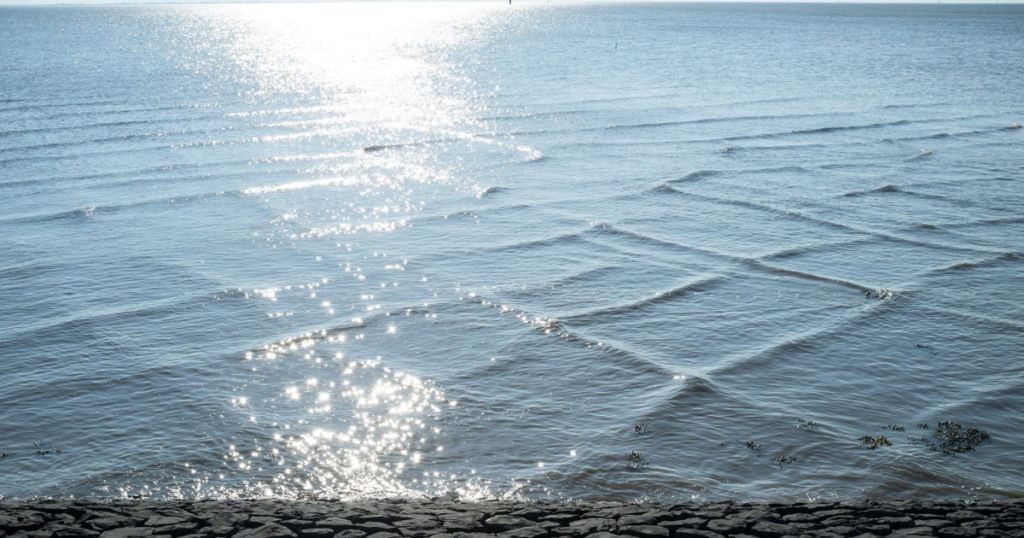In the summer, everyone enjoys going swimming in the water and having a good time. For that very reason, most beaches are busy, especially at that time of year.
However, it’s critical to preserve our senses of smell and touch when we’re near water. One mistake is all it takes to be really deadly. As it is, people are aware of rip currents and frequently shifting tides; nonetheless, square waves can still be dangerous.
In an ocean or other body of water, it might be one of the most beautiful and seductive things, but it’s also one of the riskiest.
In case you were wondering, a square wave, often called a cross sea, is created when two or more waves combine to form a square pattern that frequently has a checkerboard-like appearance.

The European Space Agency (ESA) said in 2010 that “the conditions are quite common in the ocean and occur when a windsea, and a swell, or two swell systems, coexist.” A 2004 study found that “a large percentage of ship accidents occurred in crossing sea states.”
Ultimately, the cross seas produce surges that can reach a height of ten feet and produce unusual wind patterns. For boats and swimmers alike, this makes navigating the ocean more challenging.
Therefore, even though it is quite rare, if someone did find this, they would have to avoid swimming in the extremely dangerous waters or even utilizing a boat to get out. Instead, make the most of your chance to unwind on the sand and wait for the weather to get better enough to go outside.
Square waves have the potential to be stunning, but they can also be hazardous.
Square waves are present in a few locations. These are typically observed at the point of a land where two seas or other massive bodies of water converge. The waves come in at various angles and frequently refract over the entire peninsula, forming a square wave. The French Island of Re is one such example. Situated right off the French coast of La Rochelle, the island is one of the best sites to view crossed sea waves.
Cape Reinga in New Zealand is another coastal location where one can witness these kinds of waves. Situated at the meeting point of the Pacific and Tasman Seas, it is the northernmost point of the nation.
Square waves have an incredibly lovely appearance. It follows that it is not surprising that thousands of people visit the lighthouses on the island, particularly those on the Isle of Re, and that these locations are popular tourist destinations. But one must observe it from a safe distance. While it may seem strange that waves crossing at different angles would attract so many people, how many of us have actually seen square waves in action?
Remarkably, in shallow waters, such as those off the Isle of Rhe and off Tel Aviv, Israel, it is common to see two opposing surges. Square waves are thought to be an illustration of the Kadomstev-Petviashvili equation in operation by scientists. The formula that follows usually explains a nonlinear wave motion.
It frequently offers an explanation for how various weather systems interact with one another.






